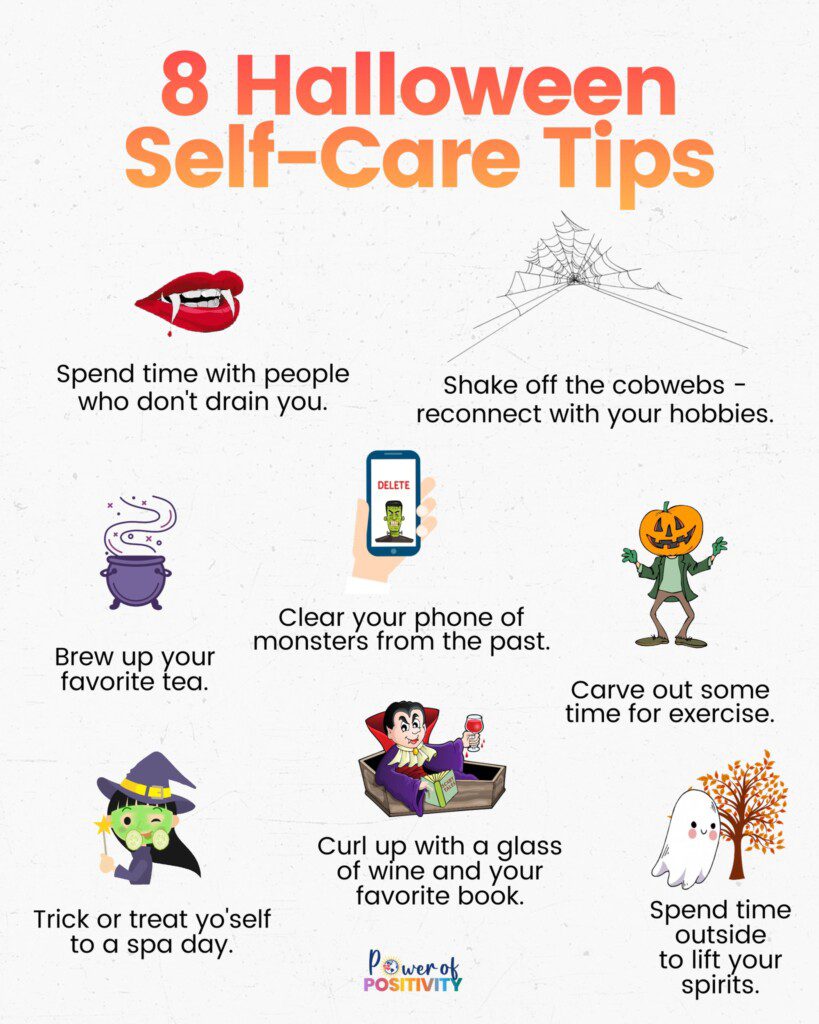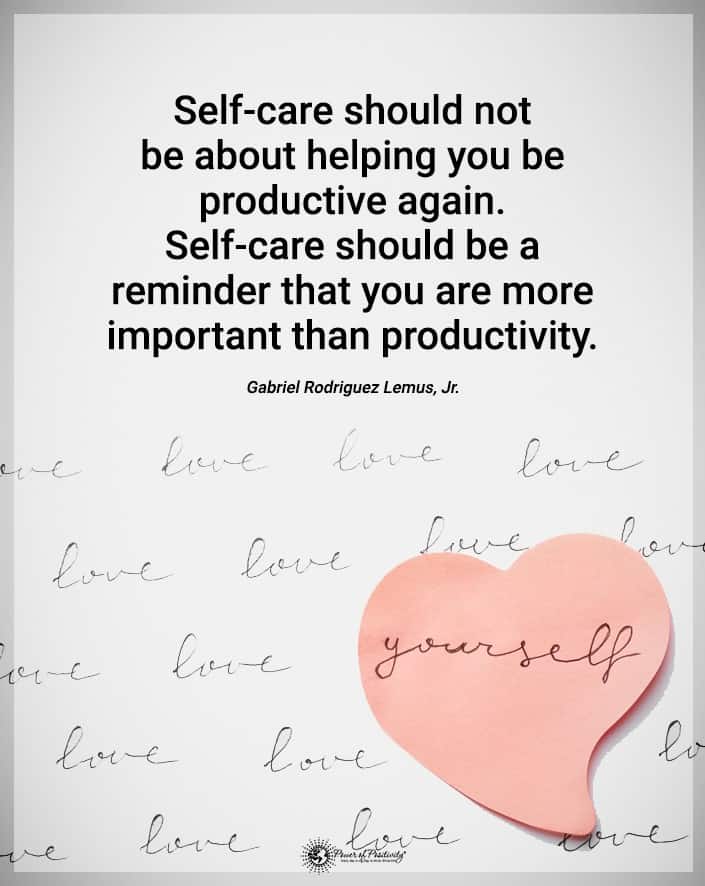Try these tips for healing a tender, scratchy throat.
Imagine the scene. You are wrapped in your coziest blanket, hoping for a peaceful night’s sleep. But then it hits – that familiar burning sensation in your throat. Each swallow feels like sandpaper, and sleep seems like a distant dream. It’s painful, distracting, and downright scratchy. But here’s the good news. Sore throat remedies, especially those rooted in nature and backed by science, can be a game-changer for your wellness.
This article will look into the common causes of that dreaded scratchy feeling. Besides that, we will provide you with twelve sore throat remedies to help you find relief. We’ll finish up with ten additional common-sense care tips for healing.
Six Common Causes of a Sore Throat
As we explore these sore throat remedies, it’s essential to understand which cause might be at the root of your discomfort. This information will allow you to choose the most effective remedy and find faster relief.
- Viral infections: The most common culprits behind a sore throat. Conditions like the common cold, flu, and mononucleosis can lead to a sore or scratchy throat. Viral infections may also accompany symptoms such as cough, runny nose, and fever.
- Bacterial infections: Bacteria like Streptococcus can cause conditions known as strep throat. Try the sore throat remedies at the first signs of infection. Early diagnosis and treatment is critical.
- Allergies: Seasonal allergies or continuous exposure to allergens can trigger postnasal drip. These include dust, mold, and pet dander.
- The dripping causes an irritated throat. Thus, it may lead to an inflamed, scratchy sensation that can linger.
- Dry air or pollution: Living in areas with dry climates or high pollution levels can dry out the throat. Without adequate moisture, our throat becomes more susceptible to irritation. That prompts the need for soothing sore throat remedies.
- Acid Reflux: Your doctor probably calls it gastroesophageal reflux disease (GERD). Regardless, this condition happens when stomach acid rises into the throat. This acid can irritate the esophagus. It leads to discomfort and a persistent sore throat.
- Overuse (singing, shouting): Like any other muscle, our vocal cords can get tired and strained. Activities like singing, shouting, or even extended speaking can strain the throat muscles. That might cause discomfort and a need for some of these scratchy throat remedies.
Stay with us as we continue to look into nature’s best solutions for healing a sore throat naturally.

Twelve Natural Sore Throat Remedies
Disclaimer: Before trying these natural sore throat remedies, always consult your family doctor or pharmacist regarding your symptoms. Ensure that none of these remedies interact with any medications you might take. Get an accurate diagnosis and choose the most appropriate solution for your health needs.
1 – Honey and Warm Water (the most classic of these sore throat remedies)
Honey is renowned for its antibacterial properties. As per NIH research, honey can effectively combat certain bacteria and provide a soothing effect, making it an ideal natural remedy for dry, scratchy throats.
How to use honey and water:
- Mix 1-2 tablespoons of raw, organic honey in a cup of warm water.
- Ensure the water isn’t too hot; boiling water might reduce honey’s beneficial properties.
- Drink this mixture up to 3 times a day for relief.
2 – Saltwater Gargle (the easiest to make of the sore throat remedies)
A saline solution can aid in reducing throat inflammation and clearing mucus. According to research provided by the U.S. National Library of Medicine, gargling with salt water can help soothe a sore throat. It may also help to prevent respiratory infections.
How to use a saltwater gargle:
- Dissolve half a teaspoon of salt in a cup of warm water.
- Take a sip. Then tip your head back and gargle without swallowing.
- Do this several times with the same cup of salt water.
- Repeat the process up to 3 times a day.
3 – Ginger Tea
Ginger boasts potent anti-inflammatory properties that can help to minimize the swelling and pain of a scratchy throat. A study indicates that ginger can help alleviate symptoms of various inflammatory conditions.
How to use ginger tea:
- Slice up fresh ginger and add it to a pot of boiling water.
- Let it simmer for 10-15 minutes.
- Strain the tea into a cup.
- If desired, add a spoonful of honey for added benefits and flavor.
- Drink 2-3 cups daily until symptoms subside.
4 – Chamomile Tea (ancient sore throat remedies)
Ancient healers relied on chamomile as a basis for sore throat remedies, among other uses, for centuries. Its popularity stems from natural soothing effects. Its anti-inflammatory, antioxidant, and astringent properties can benefit sore throats. According to a U.S. National Library of Medicine study, chamomile can relieve inflammatory health problems.
How to use chamomile tea:
- Brew a chamomile tea bag or use dried chamomile flowers in boiling water for between 5-10 minutes.
- Strain and, if desired, add honey or lemon for a sweeter flavor and benefits.
- Drink this tea 2-3 times a day for optimal results.
5 – Marshmallow Root
Marshmallow root contains mucilage, which coats and soothes the throat. An NIH research paper highlights the soothing properties of marshmallow root for irritated mucous membranes.
How to use marshmallow root:
- Stir a tablespoon of dried marshmallow root into one cup of boiling water.
- Cover and let the tea steep for about 30 minutes.
- Strain and sip on the liquid.
- Drink this tea 2-3 times daily.
Note: Those with diabetes or who are on medications should consult their doctor before using marshmallow root. That’s important because it may affect blood sugar levels or interact with medications.
6 – Apple Cider Vinegar (ACV)
Apple cider vinegar exhibits antibacterial properties that can help combat bacterial infections causing sore throats. Research explains that the acidic nature of ACV can create an environment where bacteria struggle to thrive.
How to use apple cider vinegar (ACV):
- Mix a scant tablespoon of raw, unfiltered apple cider vinegar to about one cup of warm water.
- You can also mix in a tablespoon of honey for taste and additional healing.
- Gargle with the mixture once or twice daily.
- Rinse your teeth with clear water.
Be cautious. Always dilute ACV to avoid throat burns or tooth enamel erosion due to its acidic nature.
7 – Turmeric and Milk
Turmeric contains curcumin, a compound known for its potent anti-inflammatory and antioxidant properties. According to a study published in the United States National Library of Medicine, curcumin has many therapeutic effects, including sore throat relief.
How to use turmeric and milk:
- Add a teaspoon of finely ground turmeric powder to a glass of warm milk.
- For added benefits, you can mix in a pinch of black pepper. Pepper may enhance curcumin absorption in the body.
- Drink this mixture once or twice daily, especially before bedtime.
8 – Peppermint Tea
Peppermint contains menthol, a natural decongestant. It also provides a cooling sensation to sore throats. Research highlights the therapeutic properties of peppermint, including its ability to soothe throat inflammation.
How to use peppermint tea:
- Brew a peppermint tea bag or use dried peppermint leaves in boiling water for about 5-10 minutes.
- Strain the tea and drink while it’s warm.
- You can sip this tea 2-3 times a day.
- For added soothing – and natural sweetness – add honey.
9 – Hydration
Maintaining adequate hydration is crucial for healing a sore throat. When hydrated, mucous membranes remain moist. As a result, you may help flush any irritants. The Centers for Disease Control and Prevention (CDC) emphasizes the importance of water consumption for overall health.
How to stay hydrated:
- Be sure to drink at least eight glasses of water daily. That need can increase in hot climates, if you are pregnant, or other factors.
- In addition to water, herbal teas, broths, and water-rich fruits can help you remain hydrated.
- It’s best to avoid caffeinated or sugary drinks, as they can be dehydrating.
10 – Steam (probably the most affordable of sore throat remedies)
Inhaling steam helps moisturize the throat. That can relieve the discomfort of a sore or dry throat. According to research from the U.S. National Library of Medicine, steam inhalation can help reduce symptoms of viral upper respiratory infections.
How to use steam inhalation:
- Boil water and pour it into a large bowl.
- Lean over the bowl. But be sure you’re at a safe distance to prevent burns.
- Drape a towel over your head and the bowl, creating a tent.
- Breathe in the steam for 5-10 minutes.
- Repeat this 2-3 times a day or whenever you need relief.
11 – Lemon Water
Lemon is rich in vitamin C. That means it can boost the immune system and shorten the duration of the pain. Additionally, its astringent properties help shrink swollen throat tissues. An NIH study supports the immune-boosting effects of vitamin C.
How to use lemon water:
- Squeeze the juice from half a lemon into a glass of warm water.
- Mix in a spoonful of honey for added benefits and a sweeter flavor.
- Drink this concoction 2-3 times daily.
12. – Licorice Root
Licorice root has been used traditionally to scratchy and dry throats due to its anti-inflammatory and mucous-thinning properties. A study indicates that licorice root can help reduce symptoms associated with a sore throat.
How to use licorice root:
- Prepare a licorice root tea by adding a tablespoon of dried licorice root to a cup of boiling water.
- Let it steep for about 10 minutes, strain, and drink.
- Sip this 2-3 times daily.
Caution: Licorice root is not suitable for everyone, especially those with heart issues, during pregnancy, or for individuals on some medications. Always consult your family care physician before you use licorice root.
Healing can be uncomfortable. But these natural scratchy throat remedies can offer reprieve and promote healing. Remember, it’s essential to address the root cause of your sore throat for long-term relief.
If symptoms persist or intensify, seek advice from a doctor. With these sore throat remedies in your toolkit, you may combat the pain and discomfort naturally and effectively.
Besides the Sore Throat Remedies, Try These Ten Common-Sense Care Tips
Besides trying those twelve natural sore throat remedies, try these tips while you heal.
- Get Plenty of Rest and Sleep: Rest can bolster the immune system, helping you recover faster. Indeed, sleep plays a vital role in healing and immune function.
- Stay Hydrated: We mentioned earlier how drinking water is essential for soothing a sore throat. But it’s equally crucial for overall health. It helps to thin mucus and keeps the body functioning optimally.
- Nutritious Diet: A balanced diet rich in minerals, vitamins, and antioxidants enhances your immune response. So eat berries, dark leafy greens, and lean proteins.
- Humidify: Use a humidifier in your room. It adds moisture to the air to provide comfort, especially during sleep.
- Avoid Irritants: Smoke, including secondhand smoke, irritates your throat. So please avoid smoky environments and refrain from smoking.
- Take Granny’s Advice – Wear a Warm Scarf: A cozy scarf around your neck during colder months might comfort a sore throat.
- Limit Voice Strain: Try not to talk too much or too loudly. It’s best to speak softly or remain silent to allow your vocal cords to heal.
- Avoid Caffeine and Alcohol: Both can be dehydrating. Limiting or avoiding them when your throat is dry and scratchy is best.
- Practice Good Hygiene: To stop the spread of infections (like cold or flu), wash your hands frequently. Also, avoid touching your face. Finally, cough or sneeze into your elbow.
- Avoid Sugary and Spicy Foods: Some spicy foods might have beneficial properties. But they may also irritate the throat. Similarly, sugary foods can suppress the immune system. So limiting them when feeling unwell is wise.
While these care tips can aid in recovery and comfort, it’s essential to remember that persistent symptoms or severe discomfort warrant medical attention. Always prioritize your health and well-being.
Final Thoughts on Trying These Twelve Sore Throat Remedies
Navigating through the discomfort of a sore throat is never pleasant. But relief is within reach with these natural sore throat remedies at your fingertips. From age-old solutions like honey and warm water to the soothing capabilities of licorice root, these remedies provide a holistic approach to healing without relying on over-the-counter medications.
However, it’s vital to approach these remedies with an informed perspective. While they are rooted in nature and have been backed by scientific research to some extent, individual responses may vary. Always heed your body’s reactions and consult a healthcare professional if you’re uncertain or symptoms persist.
Furthermore, integrating the general care tips alongside these remedies can optimize your chances of a speedy recovery, ensuring you’re not just treating the symptom but nurturing your overall well-being.
In an era where we often seek instant solutions, it’s reassuring to remember that nature, coupled with patience and self-care, offers potent remedies. Whether grappling with a mild irritation or a persistent dry or scratchy throat, these twelve sore throat remedies present natural avenues for relief, comfort, and healing.



















